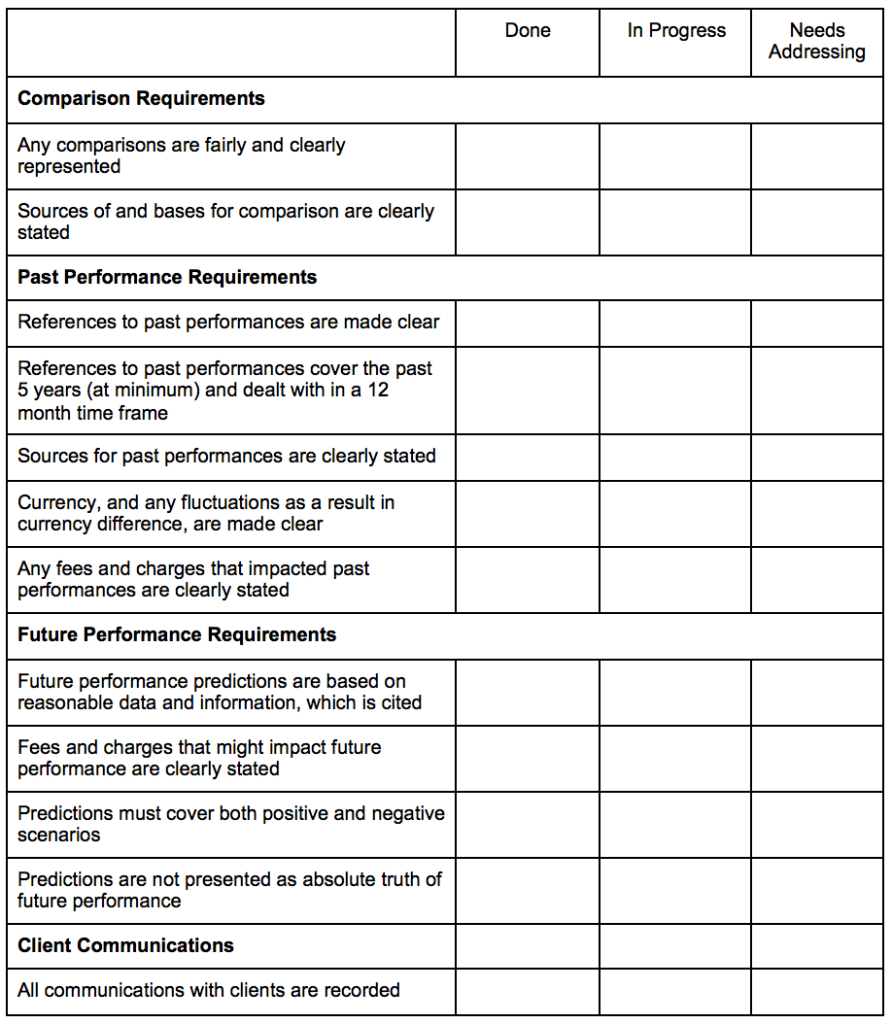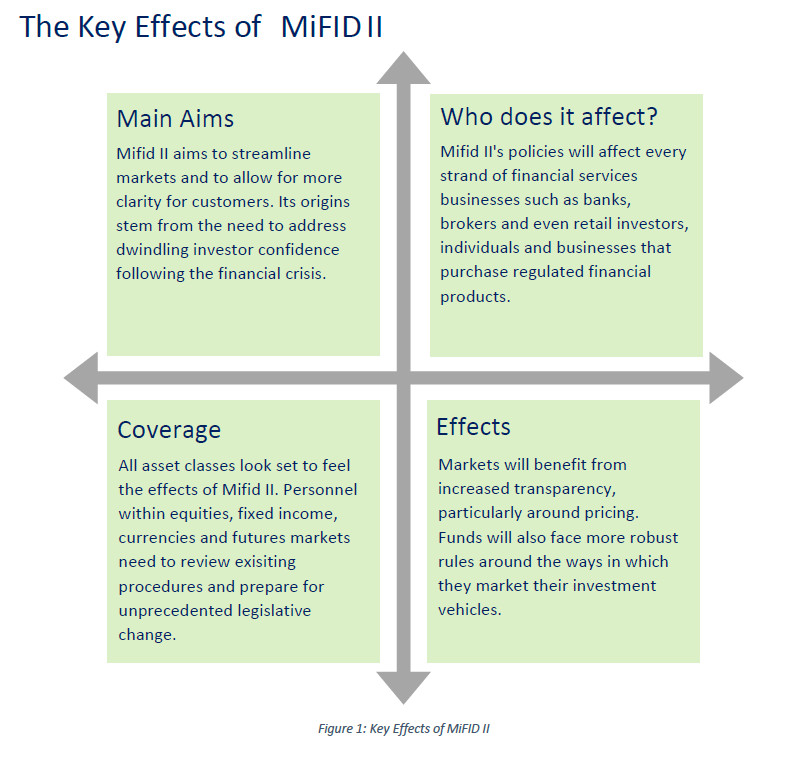Locale: Normative specifiche europee per la definizione degli obiettivi commerciali
Obiettivi di apprendimento della lezione:
- Understand MiFID II and Investor Categorization: You’ll learn how MiFID II categorizes investors into vedere al dettaglio, professional, O eligible counterparties, and how these categories affect the level of protection and support you receive when setting trading goals.
- Learn About Suitability and Appropriateness Tests: You will explore how financial institutions assess whether an investment is suitable for your knowledge, experience, and tolleranza al rischio, helping you set realistic and safe trading objectives.
- Recognize the Importance of Best Execution: You’ll discover how best execution obligations ensure brokers prioritize your interests, so your trading goals reflect the best possible market outcomes.
- Use Transparency to Your Advantage: You’ll see how MiFID II’s transparency rules, including clear disclosures of fees and risks, help you make smarter and more confident financial decisions.
- Apply a Compliance Checklist: You’ll understand how to follow a MiFID II compliance checklist for areas like performance comparison and client communication—important for financial professionals setting or reviewing trading objectives.
15.1Introduce European-Specific Regulations for Setting Trading Objectives
In Europe, setting clear trading objectives must account for regulatory frameworks that protect investors and ensure transparency in financial markets. The Markets in Financial Instruments Directive (MiFID II) plays a key role in shaping the landscape for retail and professional investors across the European Union. MiFID II, implemented in 2018, aims to increase transparency, reduce conflicts of interest, and enhance investor protection. These regulations impact how traders set their objectives and approach risk management.
MiFID II and Trading Objectives
- Investor Categorization: Under MiFID II, investors are categorized into three groups: investitori al dettaglio, investitori professionali, E eligible counterparties. Each category comes with different levels of protection and risk. For retail investors, stricter regulations are in place to ensure that they receive appropriate advice and that products match their risk tolerance and objectives. When setting trading objectives, it’s essential to recognize the level of protection afforded by your investor category.
- Suitability and Appropriateness Tests: Financial institutions in Europe must ensure that the products they offer are suitable and appropriate for the investor’s profile. For instance, if you’re a retail investor, your trading objectives should align with the results of a suitability test that assesses your risk tolerance, investment knowledge, and experience. This ensures that you’re not engaging in overly risky trades without proper understanding.
- Best Execution Obligations: MiFID II also enforces best execution standards, requiring brokers and trading platforms to take all reasonable steps to obtain the best possible result for their clients. When setting trading objectives, you can be confident that your broker must prioritize securing the best price and reducing trading costs.
- Increased Transparency: MiFID II mandates that trading platforms and financial institutions disclose all fees, commissions, and risks associated with an investment product. This transparency allows you to set more realistic and informed trading objectives, fully understanding the costs and risks involved.
Figura: Key Effects of MiFID II
Descrizione:
This figure outlines the main components of MiFID II, an EU regulatory framework aimed at improving financial markets. It highlights four areas: Main Aims, Who does it affect?, Coverage, E Effects. MiFID II aims to increase market clarity and investor confidence following the financial crisis. It affects a wide range of financial institutions, including banks, brokers, retail investors, and businesses dealing with regulated financial products. The coverage spans various asset classes such as equities, fixed income, and currencies, requiring a review of existing procedures. The expected effects include greater market transparency, particularly in pricing, and stricter marketing rules for investment funds.
Punti chiave:
- Main Aims: MiFID II aims to enhance market transparency E clarity per gli investitori.
- Impatto: It affects financial institutions, including banks, brokers, and retail investors dealing with regulated products.
- Coverage: MiFID II applies to various classi di attività, requiring legislative compliance and procedure reviews.
- Effects: Results in improved pricing transparency and stricter marketing regulations for funds.
Applicazione delle informazioni:
Understanding MiFID II helps investors and financial professionals navigate the regulatory environment, ensuring compliance with enhanced transparency requirements and market conduct rules. By adhering to MiFID II guidelines, financial entities can build trust and maintain confidence in the market.
Setting Objectives with MiFID II in Mind
- Align Objectives with Your Investor Category: Ensure that your objectives reflect your categorization under MiFID II, whether you are a retail or professional investor. Retail investors should generally adopt more conservative objectives due to the higher level of regulation and protection.
- Consider Regulatory Requirements: Trading objectives must align with the suitability and appropriateness tests required under MiFID II. Be clear about your financial knowledge, experience, and risk tolerance when setting objectives to avoid being sold inappropriate products.
- Leverage Transparency for Better Decision-Making: Use the detailed fee and risk disclosures required under MiFID II to set realistic trading objectives. Understanding the full cost structure and potential risks ensures that you can set achievable profit targets while managing risk.
- Compliance with Best Execution: When setting your objectives, factor in the regulatory requirement for best execution, knowing that your broker must seek the best possible trading outcome on your behalf.

Figura: MiFID II Compliance Checklist
Descrizione:
This checklist provides a framework for ensuring compliance with MiFID II regulations across four key areas: Comparison Requirements, Past Performance Requirements, Future Performance Requirements, E Client Communications. It outlines the necessary actions to be taken, indicating their status as either “Done,” “In Progress,” or “Needs Addressing.” Key items include clear representation of comparisons, accurate communication of past performance, realistic future performance predictions, and thorough client communication recording.
Punti chiave:
- Comparison Requirements: Ensure all performance comparisons are clearly stated and fair.
- Past Performance: Must be communicated accurately, covering at least five years of data within a 12-month timeframe.
- Future Performance: Predictions should be based on reasonable data and include both positive and negative scenarios.
- Client Communications: All client interactions need to be recorded for transparency.
Applicazione delle informazioni:
This compliance checklist helps financial professionals maintain regulatory adherence under MiFID II, particularly in areas of transparency, accuracy, E client communication. By following this checklist, organizations can enhance their regulatory processes and build trust with clients.
Conclusione
European-specific regulations, particularly MiFID II, play a crucial role in shaping how investors should set their trading objectives. By adhering to the requirements for investor categorization, suitability testing, transparency, and best execution, traders in Europe can align their objectives with their risk tolerance and regulatory protections. Understanding the regulatory landscape ensures that trading strategies are both compliant and well-informed, leading to more effective risk management in European markets.
Informazioni chiave sulla lezione:
- MiFID II provides a framework that ensures investor protection, market transparency, E conflict reduction. This helps both individual and institutional investors make informed decisions with a clear understanding of their rights and risks.
- Investor categorization under MiFID II—retail, professional, or eligible counterparty—determines the level of protection and oversight you receive. Investitori al dettaglio, for example, are subject to stricter protections and must receive investment products that suit their profile.
- Best execution standards mean that your broker must work in your best interest by securing the best possible trading result, which supports your trading goals and helps reduce trading costs.
- MiFID II increases transparency by requiring the clear disclosure of fees, commissions, E investment risks. This allows you to set more realistic objectives with a full understanding of what each investment may cost and involve.
- Compliance checklists under MiFID II help financial professionals stay aligned with regulations by verifying performance data, client communications, E investment predictions. This builds trust and supports long-term client relationships.
Dichiarazione di chiusura:
MiFID II is a vital part of the European financial landscape. By understanding and using its rules, investors and financial professionals can set smarter trading objectives, protect themselves, and stay compliant with EU law.



